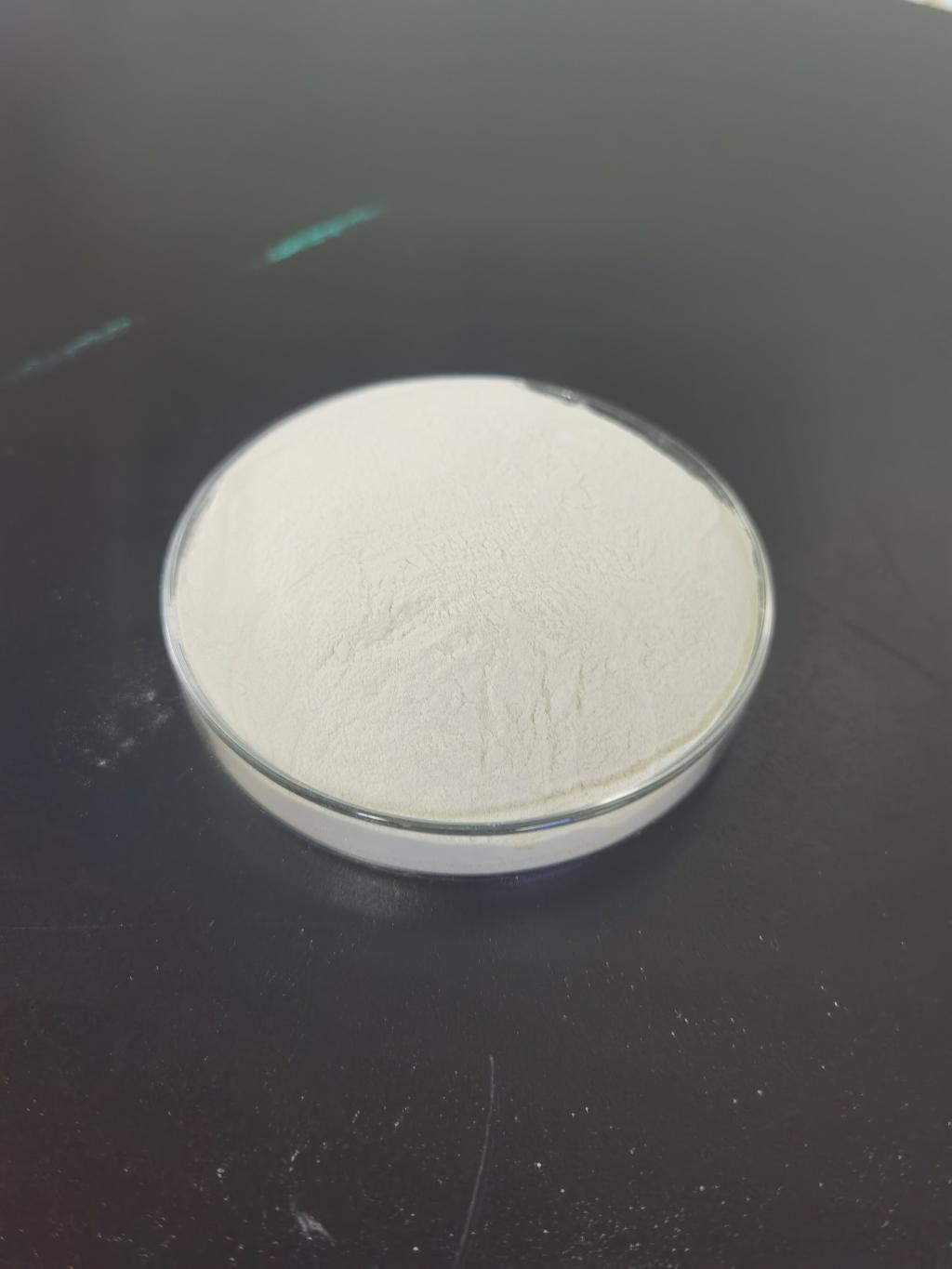Tel:+8618231198596

News
 CONTACT
CONTACT
 CONTACT
CONTACT
- Linkman:Linda Yao
- Tel: +8618231198596
- Email:linda.yao@dcpharma.cn
- Linkman:CHARLES.WANG
- Department:Overseas
- Tel: 0086 0311-85537378 0086 0311-85539701
News
Can Nisin be used in the preservation of deli meats or cured meats?
TIME:2023-05-31
Methods:
A systematic search of relevant literature was conducted using electronic databases, including PubMed, Scopus, and Web of Science. Keywords such as "nisin," "deli meats," "cured meats," "preservation," and "antimicrobial activity" were used in various combinations to identify relevant studies. Only articles published in English and conducted on the use of nisin in deli meats and cured meats were included in the review.
Antimicrobial Activity of Nisin in Deli Meats and Cured Meats:
Inhibition of Spoilage Bacteria:
Deli meats and cured meats are prone to contamination by spoilage bacteria, such as Lactobacillus spp., Pseudomonas spp., and Brochothrix thermosphacta. Several studies have demonstrated the inhibitory effects of nisin against these bacteria. Nisin can effectively inhibit the growth and proliferation of spoilage bacteria, thereby extending the shelf life of deli meats and cured meats.
Control of Foodborne Pathogens:
In addition to spoilage bacteria, deli meats and cured meats can also harbor foodborne pathogens, including Listeria monocytogenes, Staphylococcus aureus, and Escherichia coli. Nisin has shown strong antimicrobial activity against these pathogens. Studies have indicated that the addition of nisin can significantly reduce the growth and survival of foodborne pathogens in deli meats and cured meats, enhancing their safety.
Synergistic Effects with Other Preservation Methods:
Nisin can also act synergistically with other preservation methods commonly used in the meat industry, such as heat treatment, low pH, and high salt content. Combined treatments of nisin with these methods have been shown to have additive or synergistic effects, resulting in enhanced microbial inhibition and improved shelf life of deli meats and cured meats.
Effects on Sensory Quality:
One concern in the use of antimicrobial agents is their potential impact on the sensory quality of food products. Studies evaluating the sensory attributes of deli meats and cured meats treated with nisin have generally reported minimal effects on flavor, color, and texture. However, further research is needed to assess the impact of nisin on the sensory quality of specific meat products and to optimize the concentration and application methods to minimize any potential negative effects.
Regulatory Considerations and Applications:
The use of nisin as a natural antimicrobial agent in deli meats and cured meats aligns with the increasing demand for clean label ingredients and the reduction of synthetic preservatives. However, regulatory considerations must be taken into account, as maximum permitted levels of nisin in meat products may vary among different countries. It is crucial to comply with local regulations and establish safe and effective application protocols for nisin in meat processing.
Future Directions:
Despite the promising findings, there are still several avenues for future research. These include studying the impact of nisin on the growth of specific spoilage bacteria and foodborne pathogens in different types of deli meats and cured meats, optimizing the concentration and application methods of nisin to achieve maximum efficacy, and assessing the long-term effects of nisin on the overall quality and safety of meat products during storage.
Conclusion:
Nisin offers significant potential as a natural antimicrobial agent for the preservation of deli meats and cured meats. Its broad-spectrum antimicrobial activity, synergistic effects with other preservation methods, and minimal impact on sensory quality make it an attractive option for the meat industry. However, further research is needed to address regulatory considerations, optimize application protocols, and ensure the long-term safety and quality of meat products treated with nisin. The utilization of nisin in meat preservation holds promise for improving food safety and extending the shelf life of deli meats and cured meats.
- Tel:+8618231198596
- Whatsapp:18231198596
- Chat With Skype







